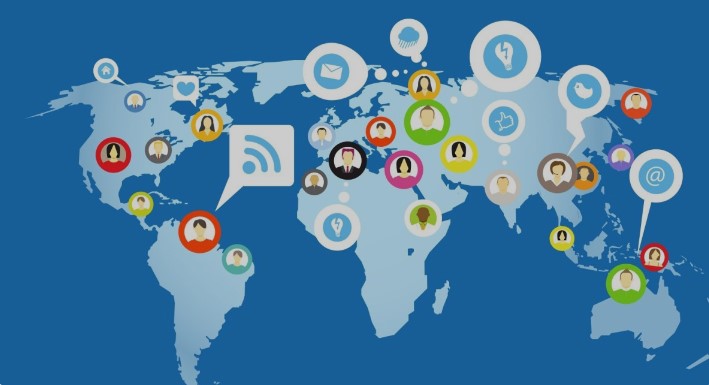Most Popular Social Media Platforms

Social media platforms have transformed the way people communicate, share content, and engage with one another. These platforms have evolved to cater to different interests, demographics, and needs, offering unique features that have helped them grow into global phenomena. Let’s explore the most popular social media platforms of 2024, their key features, and what makes each one stand out.
- Snapchat: Ephemeral Content Pioneer
Snapchat was a pioneer in the concept of disappearing content, which has since been adopted by many other platforms. Its signature features include Snaps (photos or videos that disappear after being viewed), Stories (a feature now ubiquitous across social media), and augmented reality lenses.
- Strengths:
- Privacy: Its focus on ephemeral content appeals to younger users who value privacy and spontaneity.
- Innovative Features: Snapchat has continually innovated with augmented reality and other immersive technologies, keeping users engaged.
- Among the most popular social media platforms, Snapchat Planets provides an interactive way to explore friendships, keeping Snapchat relevant and exciting.
- Instagram: Visual Storytelling at Its Best
Instagram has grown from a simple photo-sharing app into one of the most influential platforms globally. It has become a central space for influencers, brands, and content creators. Instagram focuses on visual content, offering features like photo and video sharing, Stories, and IGTV for long-form video content.
- Strengths:
- Influencer Hub: Instagram is a dominant force in influencer marketing, with millions of creators across fashion, beauty, travel, and more.
- Engagement: The platform is known for high engagement rates due to its focus on visuals, Stories, and Reels.
- Business-Friendly: Instagram’s shopping features and business tools make it a vital space for e-commerce.
- Challenges:
- Algorithm: The algorithm’s focus on popular content sometimes makes it harder for new or small creators to gain visibility.
- TikTok: The Short-Form Video Revolution
TikTok’s rise has been meteoric. The platform specializes in short-form video content, typically between 15 seconds and 3 minutes. With its unique algorithm that personalizes the “For You” feed based on user interactions, TikTok has become addictive and engaging, offering everything from dance trends to educational content.
- Strengths:
- Algorithm: TikTok’s highly intuitive and personalized algorithm is one of its greatest assets, constantly showing users content they’re likely to engage with.
- Creativity: The platform encourages creativity with its wide range of editing tools, filters, and effects.
- Virality: It’s easier to go viral on TikTok compared to other platforms, allowing content creators to gain rapid fame.
- Challenges:
- Content Moderation: The platform has faced scrutiny for issues around content moderation and misinformation.
- Monetization: Although it’s popular with creators, TikTok’s monetization system is not as developed as platforms like YouTube or Instagram.
- YouTube: The King of Video Content
YouTube remains the go-to platform for video content, ranging from short clips to full-length movies and educational tutorials. The platform caters to a broad range of interests, with users regularly consuming content on everything from gaming and beauty to tech reviews and cooking.
- Strengths:
- Long-Form Content: YouTube is unmatched when it comes to hosting long-form videos and tutorials, making it a key resource for educational content and in-depth entertainment.
- Monetization: YouTube has one of the most robust monetization systems for creators through ads, channel memberships, and Super Chat.
- Searchability: As the second largest search engine (after Google), YouTube is a powerful discovery tool for users.



